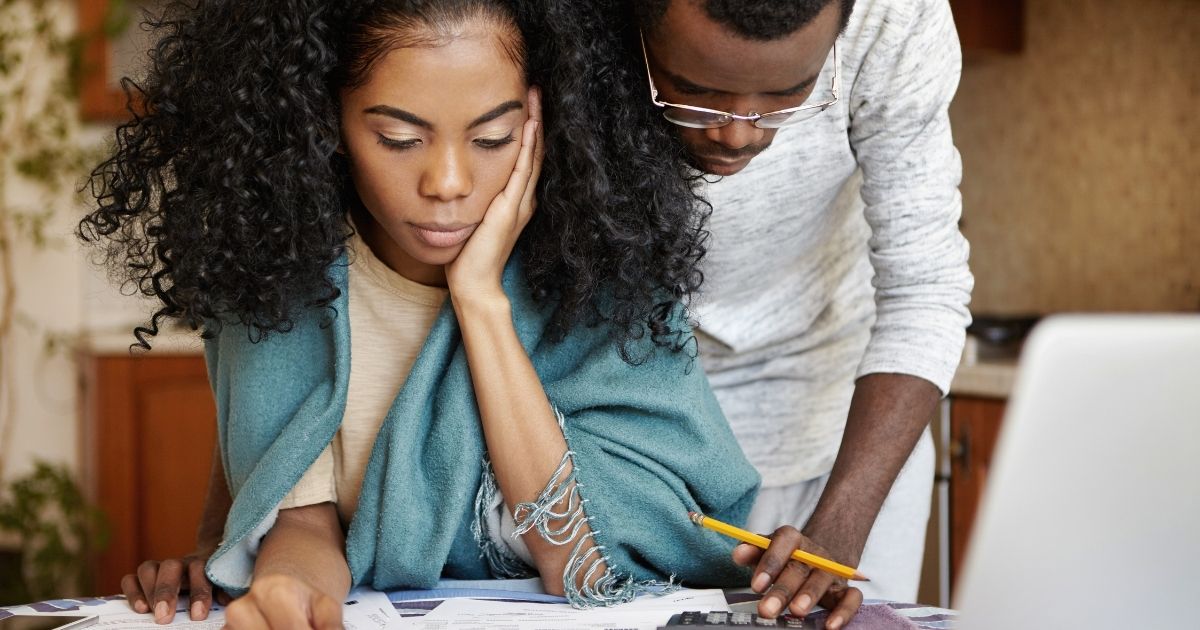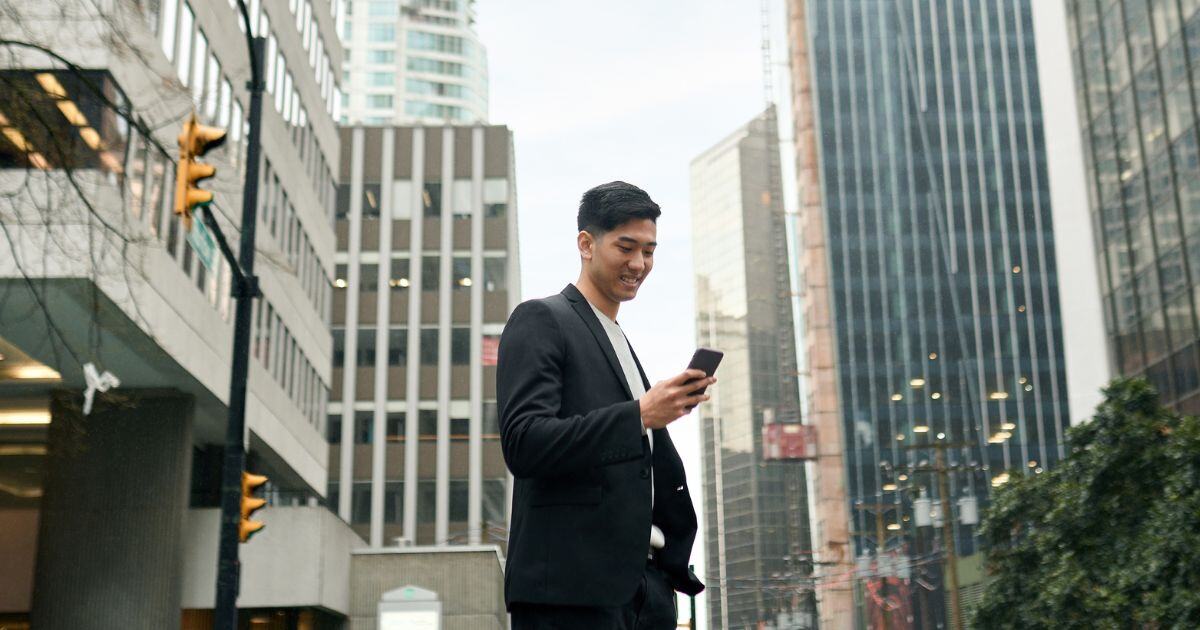 Imagine yourself in the best financial position you've ever been in. You're diligently following your monthly budget and paying down debt. Then, an emergency occurs. Maybe your pet needs surgery or you were involved in a car accident. Whatever the circumstances, having savings set aside can help with these emergency expenses. Keep reading to learn how you can plan and budget for unexpected expenses.
Imagine yourself in the best financial position you've ever been in. You're diligently following your monthly budget and paying down debt. Then, an emergency occurs. Maybe your pet needs surgery or you were involved in a car accident. Whatever the circumstances, having savings set aside can help with these emergency expenses. Keep reading to learn how you can plan and budget for unexpected expenses.
Build an emergency fund for unexpected expenses
One of the most common ways to save for unexpected expenses is to have an emergency fund, which is also known as a rainy day fund. What is an emergency fund? This fund is typically a savings account set aside for unpredictable events. Whenever you have a little extra money, you should consider contributing to your account.
When you’re expected to pay off student loans and other debts, it can be difficult to fork over more money for emergencies. However, having a financial cushion may be even more crucial than interest rates and credit scores. Normally, your emergency fund is accumulated over time to avoid any major changes in your daily life and budget. Each time you contribute, you are helping to strengthen your financial security for the future.
Unexpected expenses examples
Knowing when to use your emergency fund is a critical part of managing it. Your rainy day fund should be reserved for financial emergencies, which can cause money stress in your life. It should not be used for regular expenses or vacation costs. Here are some common unexpected expenses that justify using this fund:
Job loss
While it’s unpleasant to think about, the reality is that you could lose your job at any time. While the paychecks may stop, your bills and monthly expenses will not. This is where your emergency savings come in handy. It can assist you in covering your living costs while you search for a new job.
Medical and dental expenses
Getting injured or becoming ill is often beyond your control. While health insurance may cover a portion of the medical bills, it may not cover the cost of everything. That's why having some savings stashed away can be a lifesaver, as it can help you avoid credit card debt or personal loans for unpredictable medical emergencies.
Travel
A long-distance relative is sick and their condition may be deteriorating. To ensure you can be with them in time, you must book your flight within the next week before the prices increase. Instead of struggling to pay for airfare, an emergency fund would help you prepare for unexpected expenses beforehand.
Car expenses
It can be alarming when your check engine light turns on and you're not sure why. A mechanic does an inspection and concludes that the car repairs will cost $800. Fortunately, you won’t have to withdraw the sum from your checking account, as you have emergency savings set aside to help.
Home Repairs
During a thunderstorm, the wind tears at the siding of your house, and a leak forms in the roof. After you receive the repair estimate from your home insurance company, you learn you’ll have to pay for some of the damage. Your emergency fund can add a financial cushion for these rainy day costs.
Death
The death of a family member is always painful, especially if it is unexpected. That family member may have life insurance or money set aside, but that is not always the case. Having extra money can help with funeral costs and ensure that all other necessary arrangements are made.
When should I refrain from using my emergency fund?
All the items listed above are types of unexpected expenses. If you can anticipate an event, you should do your best to plan and budget for it in advance without using your emergency fund. Although it may be tempting to buy the latest accessories, clothing, or products, these impulse purchases are not a good enough reason to dip into your emergency savings.
Seasonal shopping, like back-to-school and Christmas, should be budgeted into their respective months. Your monthly budget should also take care of routine purchases like groceries or gas, as well as doctor check-ups or regular vet bills. Lastly, annual maintenance costs should also be incorporated into your yearly budget using an average cost.
Tips to save money for emergencies
How much money should I have in my emergency fund? It is recommended to save three to six months of living expenses, including mortgage/rent, gas, utilities, and food costs. While a financial goal of that magnitude can seem daunting, saving as little as a few dollars per day can help you start your fund. Here are some additional tips to help you steadily grow your savings:
1. Add savings monthly
To begin, set a short-term financial goal to deposit a consistent amount to your emergency fund each month. You can set your online bank account to automatically transfer either a dollar amount or a percentage of your income into your fund. Using a percentage can be helpful if your earnings fluctuate. For example, committing to depositing 20% of your paycheck at the end of each month may be a more realistic goal than $200.
2. Cut unnecessary expenses
When you're still building your emergency savings, it's a good time to assess your everyday small purchases. Avoid buying anything that you don't need, and instead focus on building up your emergency cushion. Once you create a solid financial cushion that covers at least two months of full expenses, you can resume treating yourself once in a while.
3. Save your change
Saving loose change can make a big difference, so it might be a good time to dust off that old piggy bank. You can collect money in jars placed around your home, workplace, or even your car. While loose change may seem insignificant, regularly collecting coins can add up quickly. You should also keep the coins in the jar for a while, instead of depositing them immediately, to help reduce the temptation to spend them.
4. Assess and adapt
It's important to regularly review your progress. Take the time to evaluate your savings plan and make adjustments as necessary. If you find that you have extra funds at the end of the month, consider adding them to your emergency savings account. On the other hand, lowering your monthly savings goal is acceptable, too. Do so prudently and avoid reducing your savings simply because you miss the extra cash.
5. Be responsible
Your emergency fund is an essential safety net that requires discipline and responsibility. The amount of control you have over your finances can either strengthen or weaken this cushion. Keep in mind that any unnecessary adjustments that negatively impact your rainy day fund will ultimately only affect you. After all, it is your emergency savings.
Wanting financial stability is a common financial achievement to reach for, but the first move has to come from you. Unplanned circumstances can arise at any time. Although it requires discipline and responsibility, establishing a stable and well-maintained emergency fund will help you cover any unexpected expenses and lead to financial security.
WHAT'S NEXT?🏡Need more tips to boost your savings? Check out How to Save for the Future. 💲Looking to earn a little extra money? Read 24 Best Side Hustles. |









.jpg)




